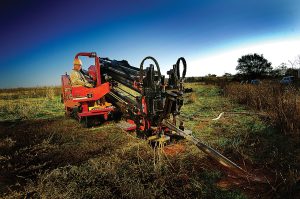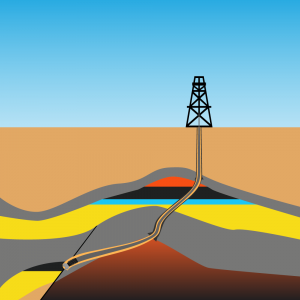Techniques for Precision in Directional Drilling Operations
Directional drilling operations require precision to achieve optimal results. With advancements in technology and drilling techniques, operators can now navigate complex geological formations with unprecedented accuracy. In this comprehensive guide, we’ll explore the techniques used to ensure precision in directional drilling operations, their benefits, and how they contribute to the success of oil and gas projects.
The Importance of Precision in Directional Drilling
Precision is crucial in directional drilling for several reasons. Accurate well placement ensures maximum resource recovery, minimizes environmental impact, and reduces operational costs. Additionally, precise drilling allows operators to reach targets in challenging formations and avoid costly mistakes such as wellbore collisions or sidetracking.
Utilizing Advanced Surveying Techniques
One of the key factors in achieving precision in directional drilling is accurate surveying. Advanced surveying techniques, such as gyroscopic surveys and electromagnetic surveys, provide detailed information about the wellbore’s trajectory and orientation. By continuously monitoring the wellbore’s position and inclination, operators can make real-time adjustments to ensure precise navigation.
Enhancing Drilling Tools and Equipment
Rotary Steerable Systems (RSS)

Rotary Steerable Systems (RSS) have revolutionized directional drilling by offering continuous steering control while drilling. Unlike conventional drilling methods that rely on bent subs and stabilizers, RSS technology allows for smoother and more precise wellbore trajectories. By adjusting the drilling direction in real-time, RSS systems minimize doglegs and improve overall drilling efficiency.
Measurement-While-Drilling (MWD) and Logging-While-Drilling (LWD)
MWD and LWD technologies provide real-time data on downhole conditions, enabling operators to make informed decisions during drilling operations. MWD tools measure critical parameters such as inclination, azimuth, and toolface orientation, while LWD tools collect geological data, including formation properties and rock characteristics. By analyzing this data, operators can optimize drilling parameters and ensure precise well placement.
Implementing Advanced Drilling Techniques
Horizontal Drilling
Horizontal drilling involves deviating the wellbore from the vertical plane and drilling horizontally within the target formation. This technique maximizes reservoir contact and enhances production rates, particularly in unconventional reservoirs such as shale formations. Horizontal drilling allows operators to access reserves that would be inaccessible with vertical wells, leading to improved recovery rates and economic viability. For drill it group in australia see here.
Extended Reach Drilling (ERD)
Extended Reach Drilling (ERD) techniques enable operators to reach targets located far from the drilling site. By extending the horizontal reach of the wellbore, ERD allows for the extraction of resources from remote offshore locations or inaccessible onshore reserves. This technique reduces the need for multiple drilling platforms and minimizes environmental impact, making it a cost-effective and sustainable solution.
Addressing Challenges and Mitigating Risks
Geological Uncertainty
One of the primary challenges in directional drilling is the uncertainty associated with subsurface geology. Complex geological formations, fault lines, and unpredictable rock properties can pose significant risks to drilling operations. To mitigate these risks, operators conduct comprehensive geophysical surveys and utilize advanced modeling techniques to predict subsurface conditions accurately.
Environmental Considerations
Directional drilling operations must adhere to strict environmental regulations to minimize impact on the surrounding ecosystem. Measures such as proper waste management, containment of drilling fluids, and erosion control are essential to prevent contamination and habitat disruption. By implementing environmentally responsible practices, operators can ensure sustainable drilling operations and maintain community support.
Future Trends in Precision Drilling
Advancements in Automation
Automation is poised to play an increasingly significant role in precision drilling operations. By integrating artificial intelligence and machine learning algorithms, operators can optimize drilling parameters in real-time and enhance decision-making processes. Automated drilling systems can analyze vast amounts of data and adjust drilling operations accordingly, leading to improved efficiency and precision.
Integration of Digital Twin Technology
Digital twin technology allows operators to create virtual replicas of drilling assets and simulate drilling operations in a controlled environment. By modeling various scenarios and analyzing potential risks, operators can optimize wellbore trajectories and minimize uncertainties. Digital twins enable proactive decision-making and enhance overall drilling performance, ultimately leading to greater precision and success.
Conclusion
Precision in directional drilling operations is essential for achieving optimal results and maximizing resource recovery. By utilizing advanced surveying techniques, enhancing drilling tools and equipment, and implementing advanced drilling techniques, operators can navigate complex geological formations with unprecedented accuracy. Addressing challenges such as geological uncertainty and environmental considerations is critical to ensuring safe and sustainable drilling operations. As technology continues to evolve, the future of precision drilling looks promising, with advancements in automation, digital twin technology, and real-time data analytics driving innovation and efficiency in the oil and gas industry.

